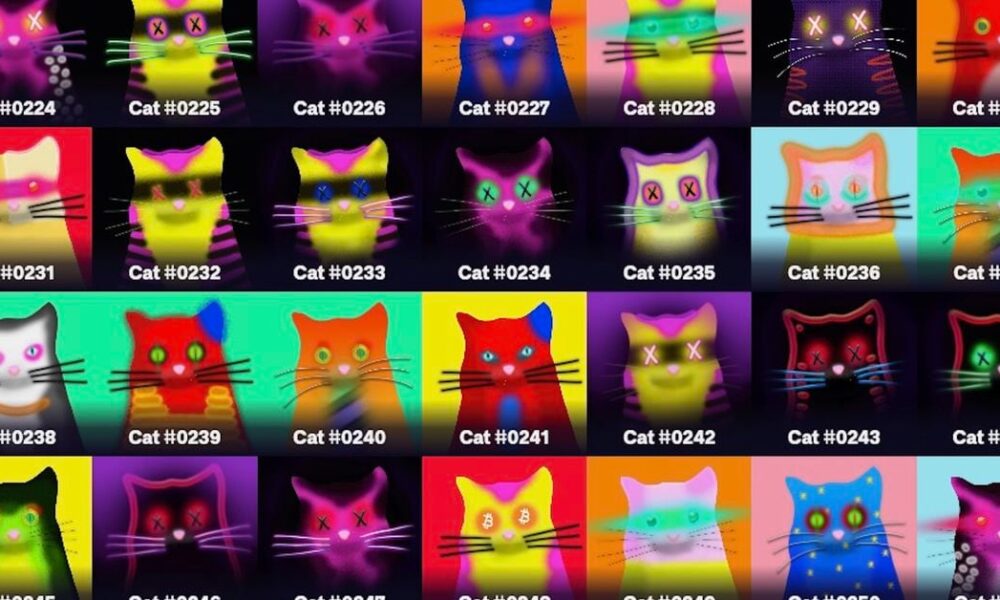Bitcoin
OP_CAT Proposal to Bring Smart Contracts to Bitcoin Finally Gets a ‘BIP Number’

A serious attempt to bring Ethereum-like smart contract functionality to Bitcoin called OP_CAT has finally received a “BIP number:” 347. This is the first step towards actually releasing the long-proposed software update.
“Getting a BIP number doesn’t signal any kind of consensus on the part of the community,” said Ethan Heilman, one of the proposal’s co-authors alongside Armin Sabouri, in an interview. the proposal easier because the proposal now has a unique numeric identifier that everyone agrees on.”
In other words, getting BIP 347 assigned means that discussion on the controversial proposal can finally begin in earnest.
On one side are those who want to reserve the Bitcoin network simply for monetary transactions; on the other are those who want to build new things on the chain, of which OP_CAT proponents are just a slice.
OP_CAT has a long history in Bitcoin circles. Initially included as one of the first op_codes (essentially programming shortcuts built into Bitcoin), Satoshi Nakamoto himself removed the functionality in 2010 after concerns were raised about excessive memory usage and the possibility of introducing vulnerabilities.
But in recent years, especially after the launch of the Ordinals protocol, which reinvigorated developers’ desire to build on-chain, proponents have returned to OP_CAT as a possible way to increase the amount of things that can be built using Bitcoin. Other proposals include things like CTV from Bitcoin developer Jeremy Rubin and feature-rich scaling solutions like Stacks and Ark.
Heilman and Sabouri began studying the reintroduction of OP_CAT in 2022 and proposed releasing it a year later on the Bitcoin mailing list via a backwards-compatible soft fork. The idea would be to redefine and expand an existing code called “OP_SUCCESS126,” without having to fork the chain.
If the proposal is approved, OP_CAT agreements could allow the creation of more sophisticated applications and multi-signature configurations on Bitcoin. It works by introducing “covenants,” or rules that can be established to determine how a specific transaction will work, to Bitcoin.
“Bitcoin allows users to set rules about who and how their bitcoins can be spent. All CAT does is join two values together. So if you have ‘abc’ and ‘def,’ CAT will join those two values together to form ‘abcdef,’” Heilman said, adding that such a basic maneuver is not possible today. “CAT is just an abbreviation for conCATenate.”
“Once the community is confident that the software works as designed, we will mount a PR on Bitcoin Core. This is where the real fun begins, because the question changes from ‘is the software correct?’ to ‘does the Bitcoin community want OP_CAT?’” Heilman said. “This can be a quick process or it can take years.”
Among the biggest proponents of OP_CAT are the co-founders of the popular Ordinals project Taproot Wizards, Eric Wall and Udi Wertheimer, who created the Quantum Cats subscription project as a kind of Marketing campaign by the proposal of Heilman and Sabouri.
Although Quantum Cats is one of the most popular subscription projects to date, OP_CAT itself is far from universally accepted. There is some speculation, for example, that although Heilman and Sabouri submitted their BIP proposal several months ago, it was being blocked from approval by BIP’s sole editor and Bitcoin Core developer, Luke Dashjr, who is not alone. in their skepticism towards recent chain experimentation.
On Monday, the Bitcoin community named five additional BIP editors. According to GitHub, OP_CAT’s BIP number was assigned by a publisher known as “Roasbeef”.
Heilman said now that OP_CAT has a BIP number, it’s up to the community to determine whether to move forward.
“Speaking only for myself, at this point I intend to remove myself from the process and let the community debate whether OP_CAT is something they want or not,” he said. “I do not intend to enter into this debate unless necessary. clarify technical issues.”
